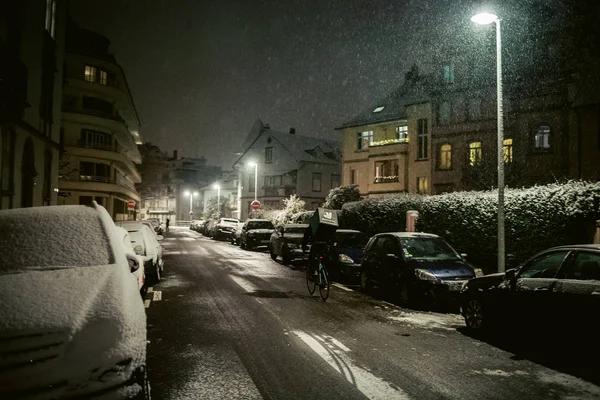The Art of Achieving a Faux Concrete Look on Your Walls

A faux concrete wall paint opens the door to a myriad of imaginative opportunities for your house. If you’re looking for a contemporary industrial look or cozy look, there’s a faux finish for every taste and budget.
If your walls are textured and sanding is advised before the painting process begins. It’s quite simple with a random orbit sander and the fine-grit disc.
How to Prep Walls for Faux Concrete Painting
Techniques for faux painting add interest to a room by altering the appearance and texture of walls. They are able to create a range of results, ranging from weathered concrete to marbleized walls. Depending on the technique, they may require specific paints or products. To ensure lasting results, professional painters go through a number of preparatory procedures prior to starting the actual painting process.
The first step in preparing the wall to be faux painted is to get rid of any old paint. It may require a sander in order to accomplish this, based on the surface type and finish. If the surface is smooth, primers can be laid down prior to the painting process.
A solid base coat is essential to the success of a faux-finishing project. When the base color has dried, a glaze is placed on the wall. This is especially important in order for your final wall to resemble real concrete. A rocker with a wood grain can be used to press into the wet glaze, followed by a combed-through.
Steps for Faux Concrete Wall Prep
Concrete is a fantastic building material. It’s durable, strong and can be bent in a variety of ways to make a distinctive design. However, creating a concrete wall is an enormous undertaking and requires specialized skills in order to create a wall properly. Faux concrete walls are an ideal alternative to cement that can be constructed for most home owners in just the span of a few hours.
When you paint over concrete, cinder blocks, or masonry, the first thing to do is clean the area thoroughly. In accordance with the faux finish you’re using, this could involve sanding or washing walls with an all-purpose cleaner. This will help to ensure smoother surfaces and reduce drips of paint and drips.
Wall Priming for Faux Concrete Finish
Concrete is a high absorptive material, particularly when it is placed in the interior of the home. It is recommended to use a strong sealant utilized to prevent water from leaking through the concrete deteriorating the wall and the trim. The process must be finished prior to painting.
The next step of the wall preparation process applying a layer of concrete primer. It will remove any imperfections and give a level wall surface that is ready that can be painted. The kind of primer is required depends upon the kind of finish son gia co that you’re seeking to achieve. For instance, Unifix primer is gritty which will aid in creating an textured surface. Universal primer gives a smooth finish.
If you’re in search of an easy transformation, fake concrete paints and wallpapers offer an easy installation procedure which is done in just one day. They don’t give the same appearance as concrete resurfacing and joint-compound.
Achieving Faux Concrete Look on Walls
If you’re thinking about painting the concrete walls of your home there are a couple of things you need to do prior to beginning. First, rake away any debris or rocks from the base of the wall. This can help avoid damaging your floor cover or needing to lay down the drop cloth. Then, you can sand down the surface of your concrete walls if you need to. This helps the new paint stick to concrete and provide a more even appearance.
Fake finishers utilize a vast variety of color, texture and application techniques that make concrete look like natural stone, marble wood, rugs, and tiles. The concrete driveways, patios, and pool decks can be hand made, stamped and formed to look like the formations of rocks.
If you like the look If you prefer, you could also get the appearance of concrete by using a precast product such as RealCast Slab or Board-Form or URBANCONCRETE faux concrete panels. These two products are much more accessible and are easier to put in than concrete that has been poured in plain form.





